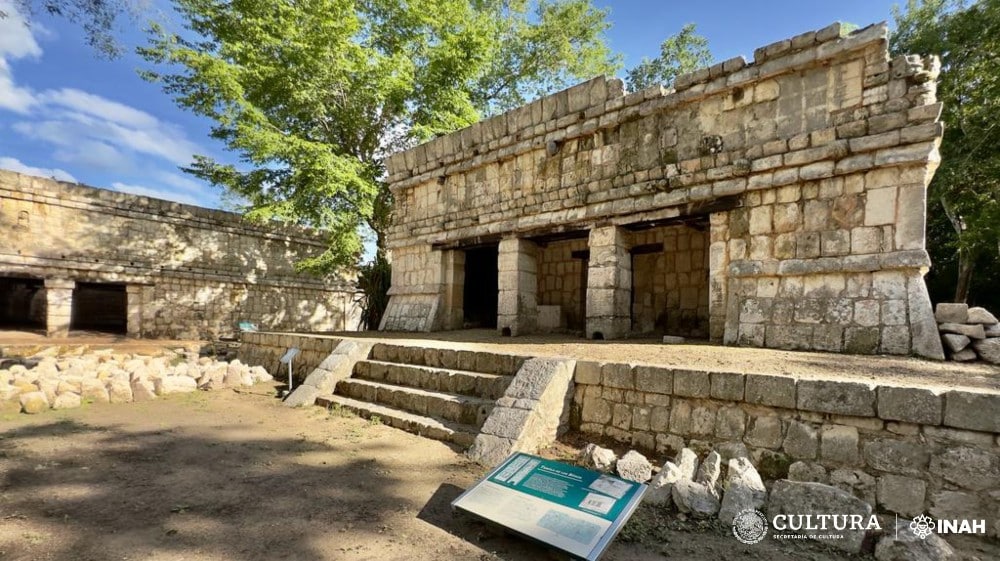There’s a new zone in Chichen Itza open to the public

Chichén Viejo sits to the southwest of Chichén Itzá’s central area. And it has recently reopened to the public after a 35-year closure. Within its grounds, you can explore 25 structures spread across two plazas. All of them have buildings constructed on a substantial walled foundation. This exciting reopening is a significant boom for Yucatan tourism. It will provide visitors with a fresh opportunity to delve into the rich history and vibrant culture of the ancient Maya civilization. Here are some tips on the new zone in Chichen Itza.
New zone in Chichen Itza: A little history
Chichén Viejo has been under investigation for 35 years. It was open from 1988 until 1997 when excavations began and were consolidated in recent years. This work derived from the work around the Tren Maya.
Its palaces and temples date from 650 to 700 AD. They peaked from 900 to 1200 AD. And they show the unknown and unimaginable art of the Mayan culture of southern Mexico.
What to expect
Walk among the 27 structures within the residential complex of Chichén Viejo. You will see that part of the larger ensemble of 13 buildings encircle the Ceremonial Center of the Chichén Itzá archaeological site. The Palace of the Phalluses emerges as particularly striking. This grand edifice serves as a visual narrative of the origin and life of a significant figure, detailing their struggles, sacrifices, and rituals. The palace’s intricate decorations not only portray the character’s legacy but also offer insights into their profound understanding of the universe. Amidst this historical tapestry stands the Platform of the Turtle, a representation of the Maya’s perception of the universe’s center, while other neighboring buildings house captivating mythological concepts that continue to intrigue the world.
New zone in Chichen Itza: Some useful info
The site, with limited sporadic daily visits accommodating approximately 50 people, aims to offer tourists arriving via the Mayan Train or by road a deeper understanding of Mayan society’s way of life, particularly the influence and power of the elite class. Access to Chichén Viejo will be carefully phased to ensure effective management and preservation. This site’s location, slightly removed from Chichen Itza’s central Ceremonial Center, home to iconic landmarks like the Castle of Kukulkan, the Ball Game, and the Temple of the Warriors, means that it will be accessible on specific days.
